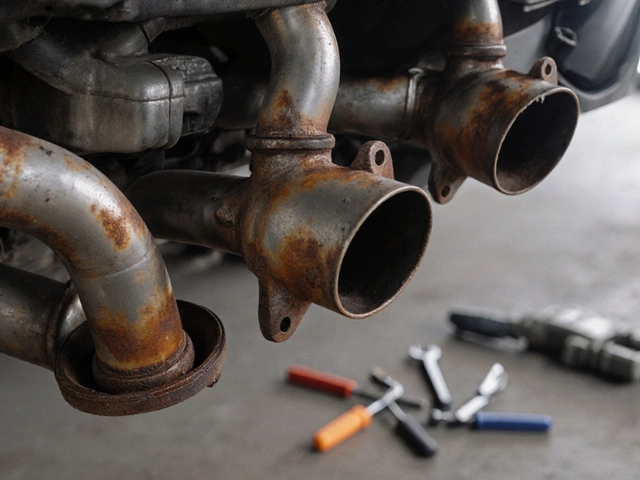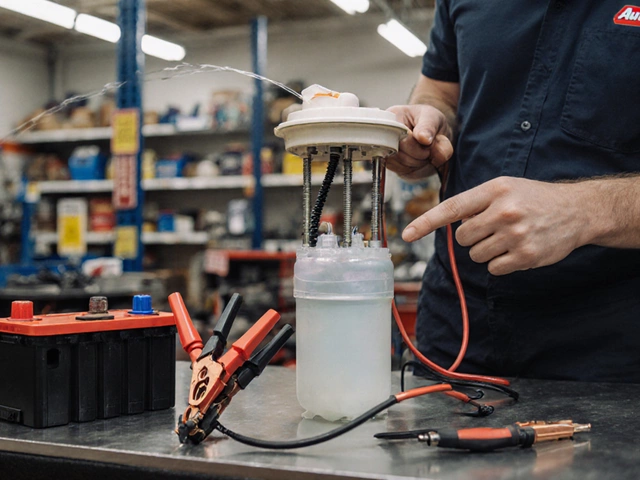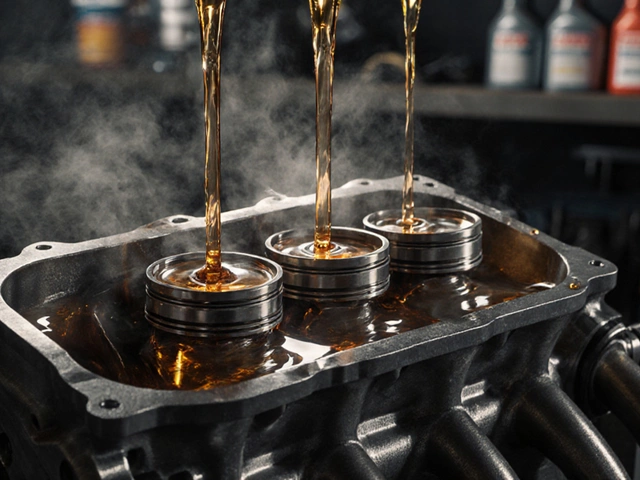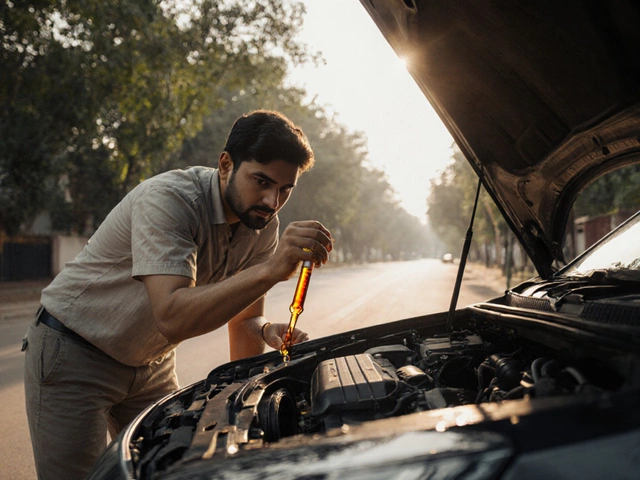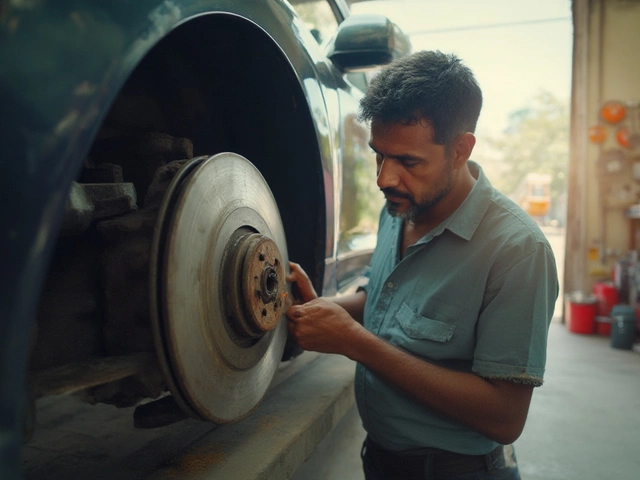Radiator Leak Repair: How to Fix It Fast and Avoid Engine Damage
When your car starts overheating, the culprit is often a radiator leak, a breach in the cooling system that lets coolant escape, causing the engine to run too hot. Also known as a coolant leak, it’s one of the most common reasons cars break down on the road—and it’s usually fixable before it ruins your engine. Ignoring it isn’t an option. Even a small drip can turn into a $2,000 engine repair in just a few days.
The car radiator, a metal heat exchanger that cools engine coolant before it circulates back into the engine is made of aluminum and plastic, materials that wear out over time. Corrosion from old coolant, physical damage from road debris, or worn hoses and clamps are the usual suspects. You’ll know something’s wrong if you see green, orange, or pink fluid under your car, notice the temperature gauge climbing, or smell sweet steam when you open the hood. A coolant leak, the loss of fluid from the cooling system due to cracks, loose connections, or failing seals doesn’t always mean you need a full radiator replacement. Sometimes, it’s just a loose hose clamp, a cracked plastic tank, or a bad radiator cap.
Fixing a radiator leak isn’t always a job for the shop. If the leak is small and you’re handy, you can use a radiator stop-leak additive as a temporary fix—just enough to get you to a mechanic. But don’t treat it like a permanent solution. Real repairs involve draining the system, replacing damaged parts, and refilling with the right coolant mix. If the radiator core is cracked or the tanks are brittle, replacement is the only safe choice. And don’t forget to check the water pump, thermostat, and hoses while you’re at it—they’re often the reason the radiator failed in the first place.
Driving with a bad radiator isn’t just inconvenient—it’s dangerous. Your engine can seize, warp the head, or blow a gasket—all expensive, avoidable disasters. That’s why knowing the signs early matters. Check your coolant level weekly. Look for discoloration or sludge in the reservoir. Listen for hissing sounds when the engine is hot. And if you’ve had a leak before, inspect the area again after every few hundred miles.
Below, you’ll find real fixes from real drivers. Some posts show you how to diagnose a leak without a mechanic. Others break down the cost of replacing a radiator in 2025. There are guides on what coolant to use, how to flush the system properly, and why skipping a radiator flush leads to faster leaks. Whether you’re trying to save money or just want to understand why your car keeps overheating, the answers are here—no fluff, no jargon, just what works.
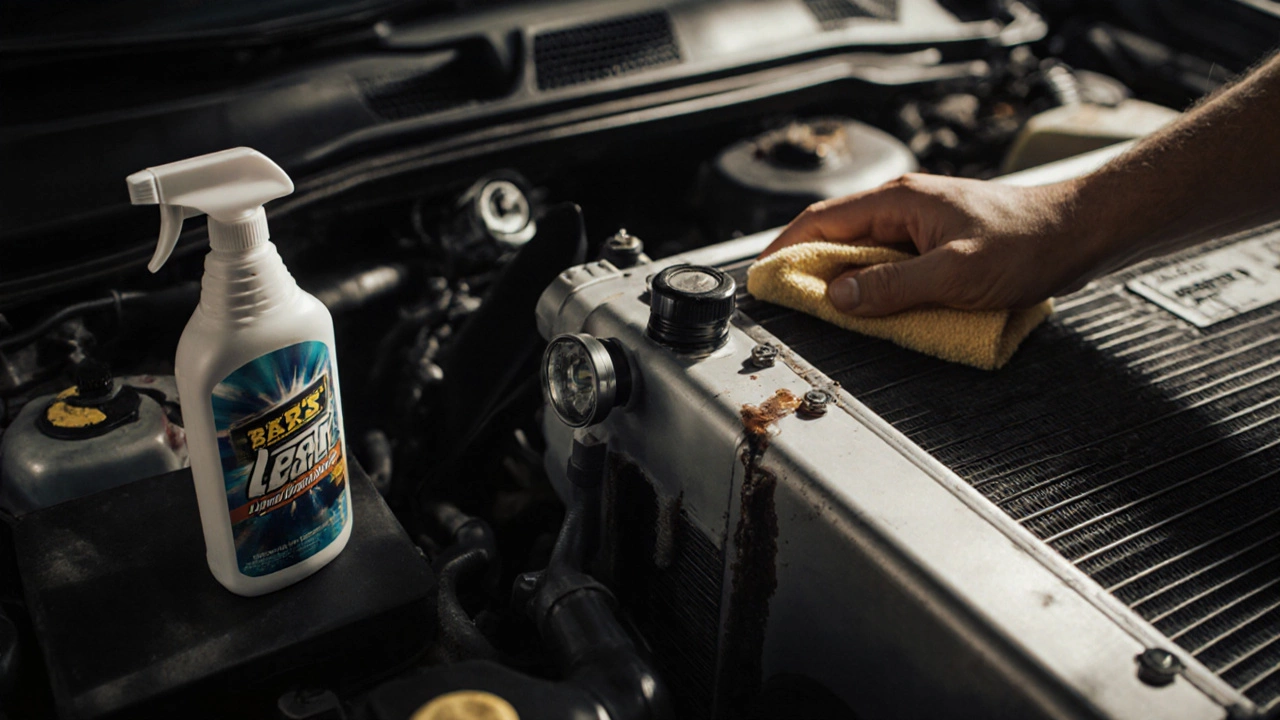
Can You Fix a Radiator Without Replacing It? Practical Fixes for Common Leaks and Clogs
You can often fix a leaking or clogged radiator without replacing it. Learn how to seal small leaks, flush clogs, and extend radiator life with simple, low-cost repairs that save hundreds.
CONTINUE READING